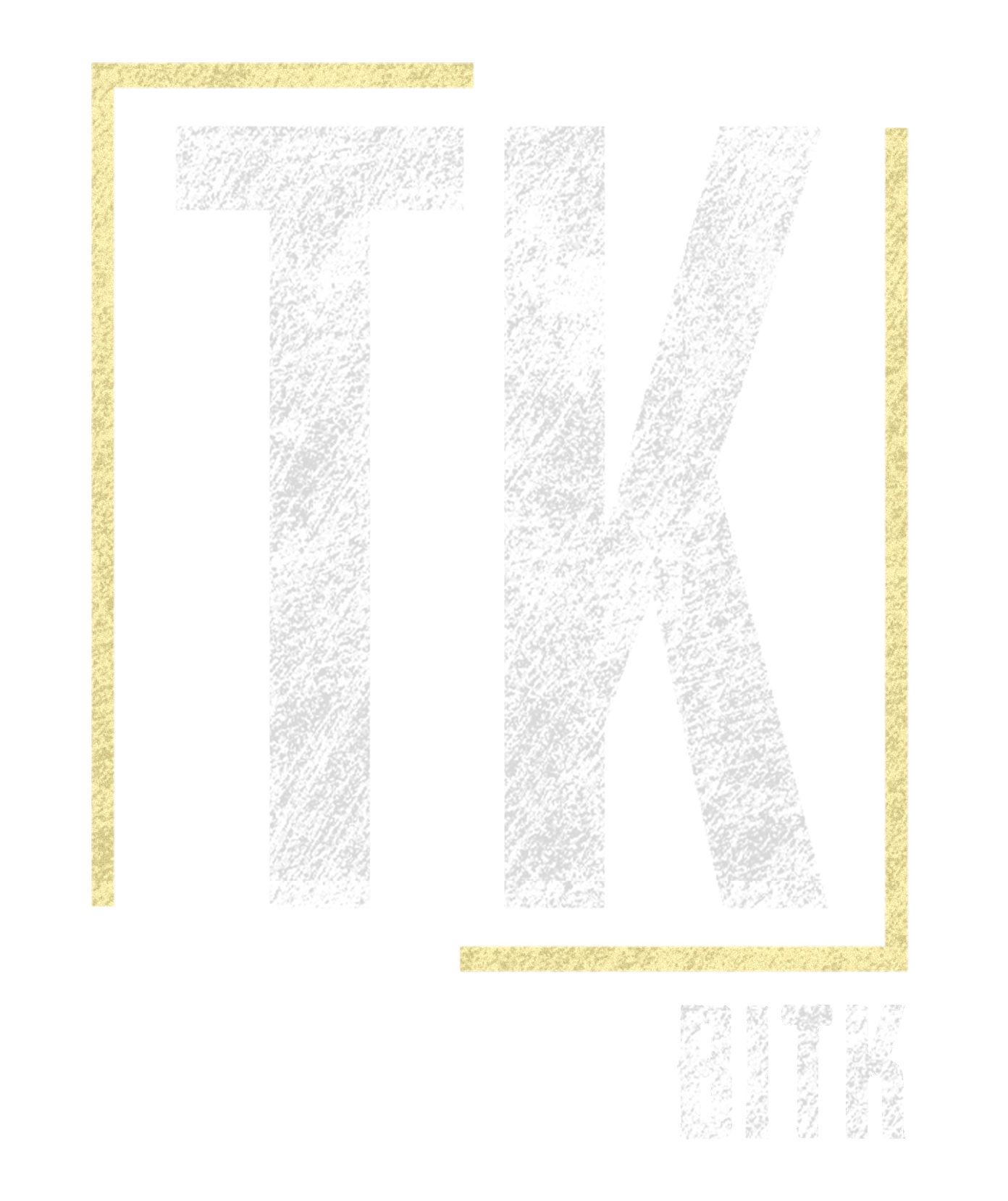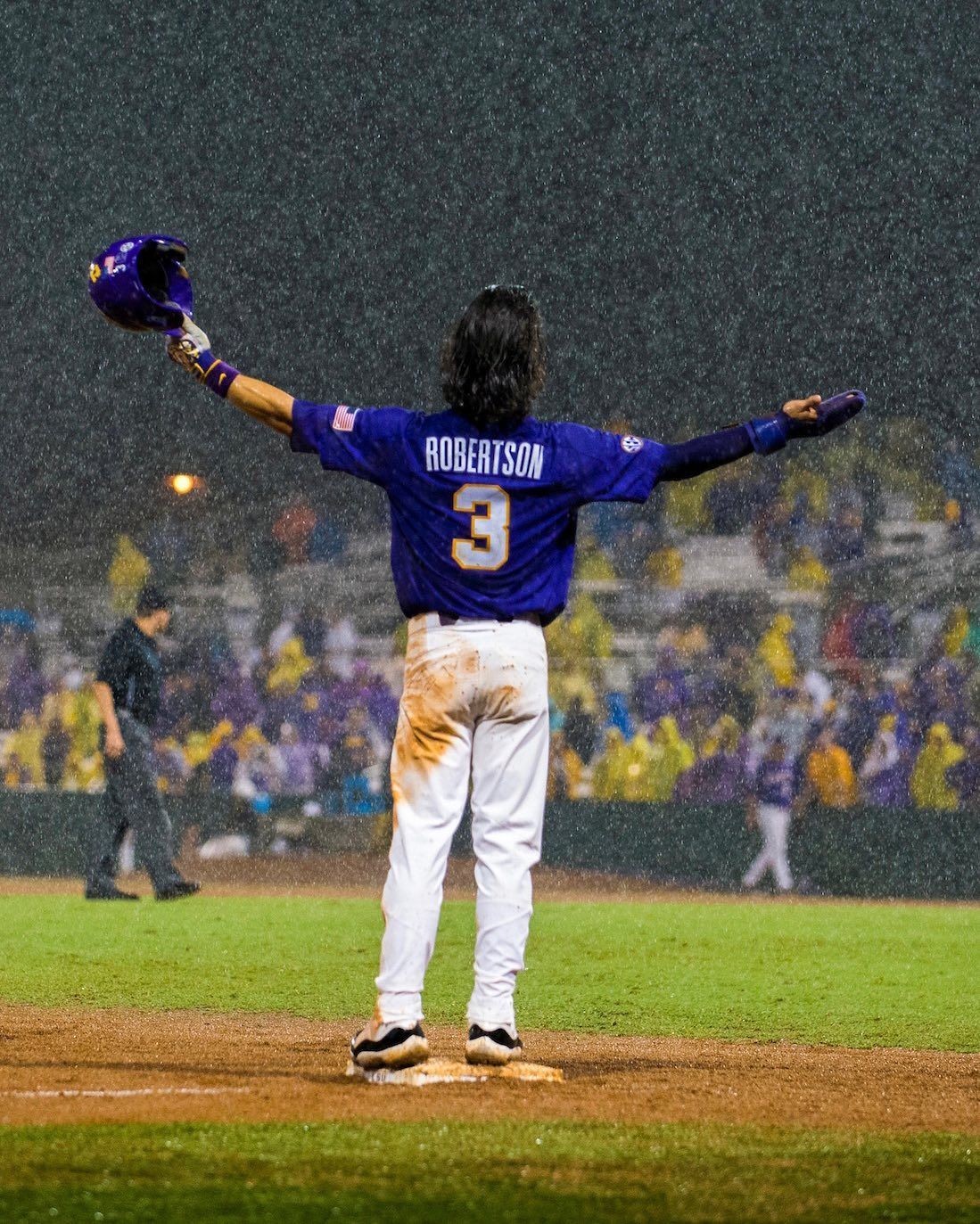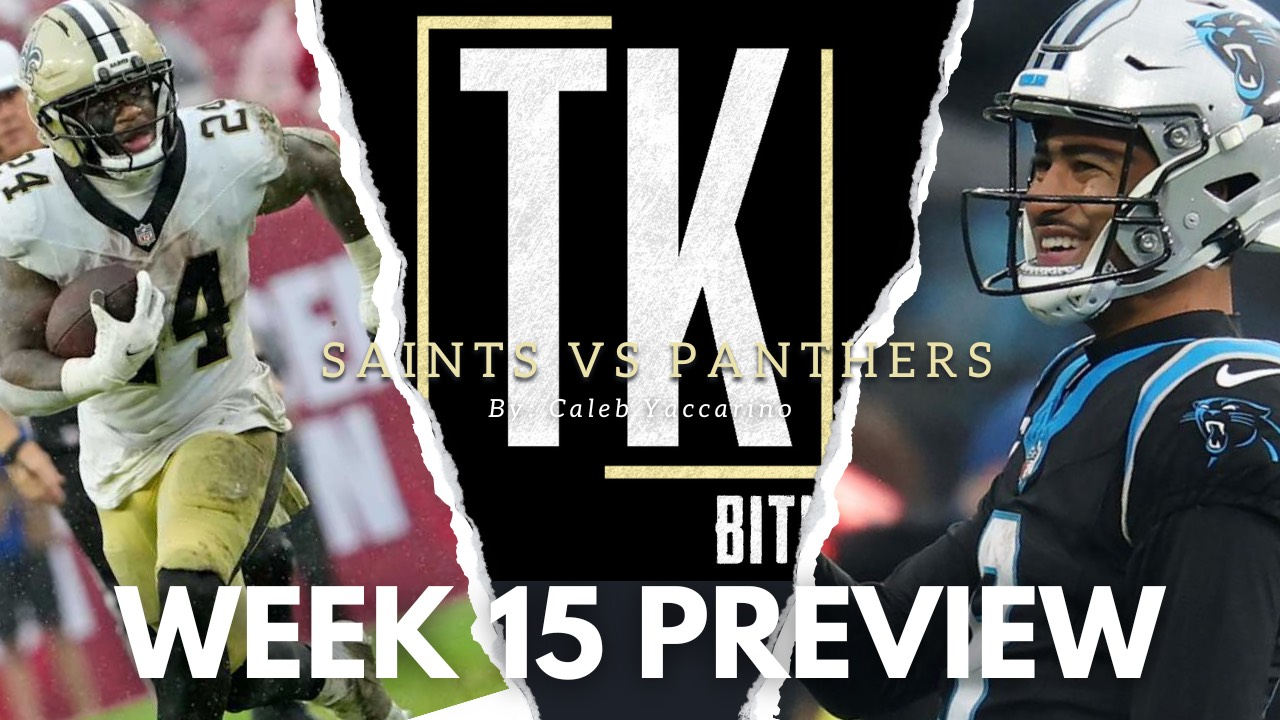Interview with LSU legend Kramer Robertson
Erik Trosclair • March 14, 2025
Let's get into it!
Recently, I had the opportunity to speak with LSU legend Kramer Robertson. Kramer was kind enough to give me some of his time.
Take us back to Midway High School; talk to us about your recruitment process.
Kramer: My recruiting process actually started pretty early after I attended Texas A&M and then LSU baseball camps in 9th grade. Things picked up after my sophomore summer, with more teams starting to recruit me. I ended up going on 3 visits my junior year, which were A&M, Ole Miss, and LSU, before obviously choosing LSU around Christmas time that year.
Talk to us about your adjustment to college baseball.
Kramer: The adjustment to college in general was tough for me. My entire freshman fall, like lots of kids, I was just homesick. I actually hit really well that fall but still felt like I couldn't do anything right. I was your typical freshman just trying to survive each day.
Talk to us about your freshman season in 2014.
Kramer: My freshman season had ups and downs. For the first time in my career, I was dealing with being in and out of the lineup and really, failure as well. These were such vital lessons for me as I went on later in my career.
Talk to us about that SportsCenter Top 10 catch against Grambling State University.
Kramer: The catch against Grambling is still one of my favorite baseball memories. First career start, I was so nervous I remember my legs shaking in the first inning. I had made those catches countless times as a young kid in my yard pretending I was on SportsCenter, so to do it in my first career game was truly surreal.
In 2016 you burst onto the scene, seeing time at shortstop and 2nd base. You hit .324 and helped lead the team to the College World Series. Talk to us about your junior season.
Kramer: My junior season is where it finally all clicked for me. My first two seasons didn't go exactly how I had hoped, but I had learned so much and felt physically better than ever. Week 3 I got moved to shortstop and never missed another game there the rest of my career. I felt like the experience we gained as a team in 2016 really set the tone for what we knew would be a special 2017 team.
In 2017 you start all 72 games at shortstop; talk to us about that season.
Kramer: We knew going into 2017 we were going to be super talented. 4 of us turned down real money in the draft to come back for another season with a talented class coming in. It really was one of the best teams you could ever be a part of. We were such good friends away from the field, and we were a damn good baseball team. From offense to defense to pitching, we were stacked. I still lose sleep to this day thinking about losing that national championship.
Take us back to the 2016 Arkansas series. You guys sweep the Razorbacks, but 2 things happen in that series. Talk to us about the "Rally Possum" and your busted lip.
Kramer: Yeah, the famous Rally Possum game that was for everyone, except me (haha). But yeah, obviously, I got smoked in the mouth, and it was gruesome, but there was just no way I was coming out of the game. Ironically, it just happened to be in a famous 9-2 comeback win on national TV, so it blew up, and everyone got to see how ugly I looked that night. I got the game winning hit and had to try to do interviews with that fat lip. It was pretty awful, but a fun memory now.
In 2017 you were selected in the 4th round of the MLB draft; talk to us about the draft process.
Kramer: Getting drafted was another feeling I'll never forget. It was something I thought and dreamed about so much as a kid. I could not believe this was my reality. So many people had helped me get to that point, and it was really rewarding to see all of their reactions. It was all of our moment.
What is your opinion on Coach Mainieri at South Carolina?
Kramer: Coach Mainieri has had the greatest impact of anyone on my baseball career. I love that man. I wish him nothing but success, except when they play LSU.
What is your opinion on the LSU baseball program today?
Kramer: LSU baseball is in a great place and exactly where it should be - competing for national championships. Jay understands the expectations here, and he's absolutely crushing it. LSU baseball is here to stay.
What is it like having Kim Mulkey, a living legend, as a mother?
Kramer: Things have always been a bit more public having Kim Mulkey as your mom, but that helped prepare me for my own career later in life. But outside of the public, she's so cool; we have a great relationship. Things are better since she's been at LSU, but that's okay; she hasn't changed one bit and never will. I'm so grateful for her.
What is Kramer Robertson up to nowadays?
Kramer: I am now working in the LSU athletic administration. My official title is the sports performance analyst, but I will be doing many different things in the department. Looking forward to being back at LSU.
Plug your social media handle; tell everyone where they can find you.
Kramer: @kramerrobertson
Follow me on X (the artist formerly known as Twitter): @eazytro
A quick share helps us a lot!

Amidst preparation for their eighth consecutive bowl game, the Louisiana Ragin' Cajuns football team earlier this week received special news that came rather unexpectedly: redshirt senior safety Tyree Skipper would be reinstated by the Sun Belt Conference for the 68 Ventures Bowl. And in today's media availability, head coach Michael Desormeaux and defensive coordinator Jim Salgado expressed their gratitude and emotions about being able to have him for one last game. "I'm incredibly grateful for [Sun Belt] Commissioner [Keith] Gill for reconsidering his suspension," Coach Des said. He later mentioned that ever since the suspension and prior to the reinstatement, Skipper had not missed a single team function or been late for anything, focusing on schoolwork and practicing with the team all while knowing he would not be able to play in any of the final three games. He was even voted scout team player of the week last week and has almost unanimously been voted the team captain by the team. "Skip has taken full responsibility. He's been a model teammate leader...He's done everything the way that you want a guy to do." Defensive coordinator Jim Salgado also expressed his gratitude about Tyree Skipper, emphasizing how special it is to be able to have one last game together. "I FaceTimed [Skipper], and...he said, we're going to be able to do this one more time together. And, you know, that's special. I'm just glad he gets a chance to do that...He's done a lot for this place, so it's big." A few weeks ago, following UL's 42-39 victory over Texas State, a post-game altercation between the two teams led to suspensions on both sides by the Sun Belt Conference. Six Texas State players were suspended, while Louisiana had seven players given suspensions. 11 of the 13 players were to serve one-game suspensions, and TXST's Tymere Jackson, who supposedly started the entire altercation, was suspended for two games. But one player received the biggest of all the suspensions, and that was star safety Tyree Skipper, who was given a suspension for the remainder of the season including any potential bowl game. This conclusion was made after it was determined that Skipper swung a helmet at another player during the brawl. With this year being Skipper's redshirt senior year, that basically meant his collegiate career was over. Following the suspensions announcement, Skipper wrote a heartfelt and well-written apology on X, which included, "I understand that as a leader, I have to hold myself to a higher standard. That moment doesn't define who I am or the values I stand for." That public apology was eventually received by Sun Belt Commissioner Keith Gill, which prompted his reconsideration on Skipper's suspension going into the bowl game. According to the Sun Belt Conference, the reinstatement decision was made with support of both UL and TXST administrations. Tyree Skipper himself was at media availability today as well and emphasized how much it meant to him that he would be able to finish his collegiate career off on a positive note. "It was the greatest news I got all year...Finishing one more with the guys, man that means everything to me. This is the game you'll remember for the rest of your life, the last game of your collegiate career...I even shedded some tears." Skipper, a redshirt senior, has been on the team all six years of his collegiate career. Earning All-Sun Belt Conference 2nd team honors last year and Preseason All-Sun Belt Conference 1st team this year, the New Orleans has been the leader of this secondary all season. Leading the safeties room in tackles, Skipper has recorded a sack and an interception this season prior to his suspension. With him returning for one final game, he looks to mimic those stats against Delaware and even more, as the Cajuns set to face the Blue Hens in the 68 Ventures Bowl game on Wednesday at 7:30pm in Mobile, Alabama. This article written by Abdul Abusada of Cajuns Insider and Cajun Sports Talk. Don't forget to tune into Cajuns Insider podcast shows on all The Kneaux socials every week during the football season! Our next episode is this upcoming Monday at 6pm. Also don't forget to tune into The Cajun Sports Talk Podcast Show on @CajunSportsTalk on YouTube every Tuesday evening!


